Conventional tires last 50,000 to 60,000 miles typically, assuming there isn’t an issue with uneven wear or tire damage. The same is true for run flats. Run-flat tires wear the same as conventional tires and last just as long.
Shrinking a Steering Wheel Cover: C...
Please enable JavaScript
Shrinking a Steering Wheel Cover: Can it be done?
Run-flat tires usually come with a tire warranty that often includes a tire mileage guarantee. This guarantee will let you know how many miles you can expect to get out of your run-flat tires.
How Long Do Run-Flat Tires Last?
Run-flat tires last just as long as a standard tire under normal use, typically 50,000 to 60,000 miles. When punctured, they last 50 miles at a max speed of 50 mph.Once punctured, a run-flat tire should be replaced with a brand new run-flat tire. They can not be patched like an ordinary tire.
![]()
A tire pressure monitoring system (TPMS) is required for the use of most run-flat tires since it may not be obvious that you have punctured a tire. All new vehicles these days come with TPMS, although some are better than others.
Let’s take a closer look.
There are 3 main types of run-flat technology – self-supporting, self-sealing, and auxiliary-supported. Each of these types of run-flat tires will allow you to reach your destination after a minor puncture that would leave a car or truck with regular tires stranded or in need of installing a spare tire.
None are perfect, but they each have their pros and cons.
Self-supporting run-flat tires are the most common type of run flat on the market and are found installed as OEM tires on many BMW, Mercedes Benz, Tesla, and other premium vehicles.
These tires work by increasing the structural integrity of the sidewall. The sidewall is designed to be capable of supporting the weight of your car or truck for a distance of 50 miles at a speed no greater than 50 miles per hour with zero air pressure.
This is meant to allow you to continue driving so you can reach a safe location to resolve the problem. You will need to rely on your TPMS system to alert you to the fact that you have lost tire pressure and reduce speed and be sure you can reach a safe destination.
The main complaint with self-supporting run-flat tires is the harsher ride quality due to the stiff sidewalls.
Self-Supporting Run Flat Tire IllustrationSelf-sealing tires are considered run flats, but that isn’t an entirely accurate name. A self-sealing tire will withstand a small puncture and seal the hole to prevent air loss. They can’t prevent all types of punctures and if the self-sealing feature fails to work and the tire loses air pressure, it won’t be able to be driven.
It is a run flat in the sense that if you’d been using standard tires you would have suffered a flat tire and would have needed to mount a spare tire, use an emergency tire inflation kit, or wait for a tow truck.
What’s important to note is that you won’t likely realize you’ve had a flat tire until after the fact. Not even your TPMS will alert since now tire pressure was lost. You don’t need to slow down or limit the distance you’re driving like with other run-flat tires.
Self-sealing tires have greater ride comfort than self-supporting tires, but they can’t resolve as wide of a range of punctures.
Self-Sealing Run Flat Tire IllustrationAuxiliary-supported run-flat tires are extremely rare these days. They were a run-flat tire technology that didn’t really catch on because they required a special wheel.
Auxiliary-supported run-flat tires rely on a support ring system that is mounted onto the wheel itself. Essentially, the tire is normal and operates just like any other tire, however, if you experience a flat tire, the support ring inside will support the vehicle’s weight and allow you to continue driving for 50 miles at 50 miles per hour.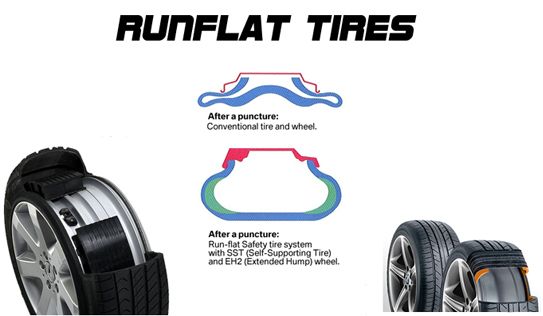
This design is meant to fix the main downside of self-supporting run-flat tires, which is the harsher ride. Since the sidewalls of auxiliary supported tires could be designed in the same way as regular tires, there would be no negative effects on the ride’s smoothness.Auxiliary Supported Run Flat Tire Illustration
Most run-flat tires are designed to be used the same way a spare tire is used once they’ve been punctured:
You shouldn’t try to patch a run-flat tire and you will need to purchase new run-flat tires for any tires that have a puncture. This can be expensive for those that regularly drive in puncture-prone environments.
Self-sealing run-flat tires have no maximum speed or maximum distance limitations after they have been punctured as long as they are still able to hold the appropriate amount of inflation pressure.
The catch with self-sealing tires is that you’ll likely never know you had a puncture.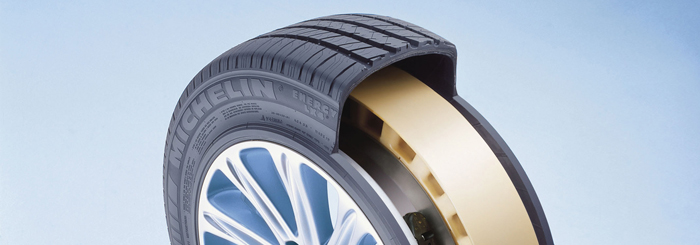 But they will continue to be able to be used. If they ever do go flat, they too can not be repaired and you will need a new run-flat tire.
But they will continue to be able to be used. If they ever do go flat, they too can not be repaired and you will need a new run-flat tire.
Run flat tires must be replaced once they have been punctured. They will have lost the necessary structural integrity to be safe for continued operation even if the puncture could be patched.
The exception to this is self-sealing run-flat tires. These tires will continue to work like conventional tires, although without losing pressure, and you will likely never realize it was punctured.
Run flat tires are supported with air pressure just like normal tires. The difference is that they have built-in countermeasures to handle a puncture.
Self-supporting and auxiliary supported run-flat tires can not be re-pressurized after a puncture and will need to be discarded and you will need to purchase a replacement tire.
Self-sealing run-flat tires can have air pressure added after a puncture, but if the tire isn’t able to properly seal and hold the required air pressure, they too will need to be discarded and replaced.
Tires are usually pressurized with compressed air but sometimes are filled with nitrogen. It’s generally recommended that if your tires are filled with nitrogen, you should top them up with nitrogen. Whether they are run-flat tires or not doesn’t matter.
You can usually tell if your tires have nitrogen instead of regular air in them by the use of green valve stem caps.Nitrogen Tire Inflation Station
Conventional tires last 50,000 to 60,000 miles typically. Different types of tires last different amounts though.
For instance, sports car tires use a soft tread compound which shortens tire life. Most tires with this softer rubber formulation last much fewer miles. 30,000 to 35,000 miles is fairly common.
Run-flat tires will last just as long as conventional tires of a similar design. The fact that they are designed to run flat has no negative effects on how long run-flat tires last.
A run-flat tire will still have some downsides. Usually, run-flat tires are more expensive. Also, the self-supporting variety will have a rougher ride quality when compared to a conventional tire design.
Run flat tires last the same amount of years as conventional tires last – six years.
Rubber compounds begin to degrade over time due to exposure to ozone in the atmosphere and ultraviolet rays from the sun. These environmental elements cause the rubber to begin to dry rot.
Once most tires that are regularly used reach the age of six years, dry rot will have advanced to a point that they become unsafe to use.
Most tires that are used regularly will run out of tread life before this happens so dry rot is not an issue for most car and truck owners.
It is possible for tires to last longer than six years if they are properly stored in a temperature-controlled environment, kept in air-tight bags, and away from direct sunlight.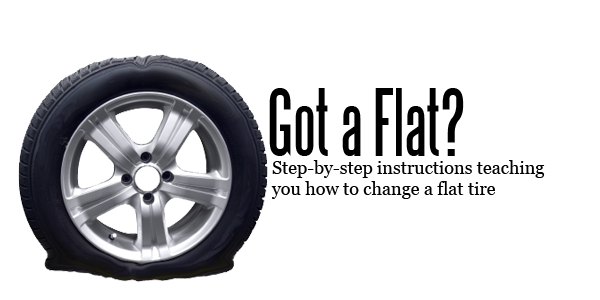 Dry Rot On Sidewall Example
Dry Rot On Sidewall Example
Many drivers decide to replace their run-flat tires with conventional tires when the tread wear of their OEM run flats has been used up.
There is no technical reason you can’t remove run-flat tires from your vehicle and replace them with conventional tires. There is nothing special about them beyond their ability to allow you to drive a short distance if you get a flat tire.
However, you should be prepared to deal with a flat if you do decide to replace your run flats with conventional tires.
Quality portable air pumps like the one above are much more accurate and reliable.
I always recommend keeping a tire inflation kit in your car or truck. I personally recommend a quality inflator and a tire sealant like Fix-A-Flat or Tire Slime.
Many newer vehicles don’t come with spare tires these days.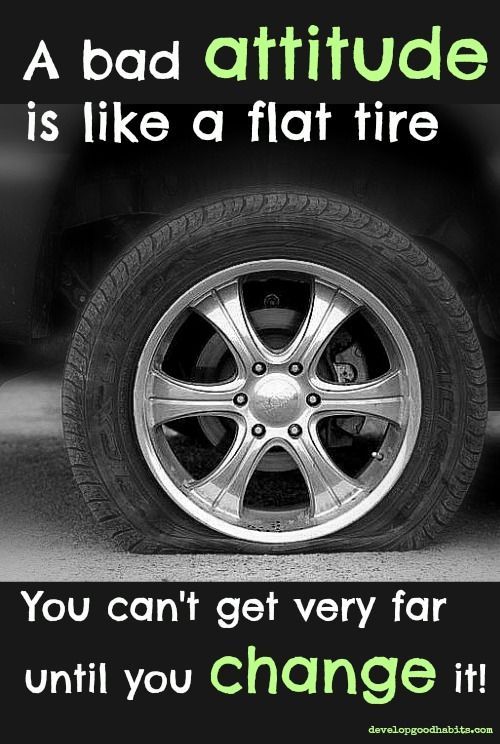 And many of these don’t even have room to store a spare wheel with a tire.
And many of these don’t even have room to store a spare wheel with a tire.
If you can find a spare tire that will fit your wheel bolt pattern and fit inside your vehicle, it’s a great way to ensure you won’t get stranded on the side of the road.
If you don’t have an inflation kit or spare, you’ll need to rely on roadside assistance to either send out a tow truck or repair your tire by the side of the road where you’re stranded.
AAA is a good choice for many who prefer to go this route. Some car manufacturers provide roadside assistance for a period of time after the purchase of some new vehicles. If you’re unsure if you have coverage, check your owner’s manual.
Ultimately, it’s up to you to decide if run-flat tires are worth the trade-offs for you. Vehicle manufacturers benefit from removing spare tires from their new vehicles. It frees up storage space and many consumers like the sense of security a run-flat tire provides.
I personally don’t use them but I’m not necessarily opposed to them. I’ve never purchased a car or truck that had them installed and I’ve never decided to add them after the fact.
I’ve dealt with the inconvenience of waiting for a tow truck, mounting a spare tire, or using a tire sealant and portable tire inflator when I’ve been stranded with a flat tire.
If you can afford the increased cost and don’t mind the harsher ride of a tire with a reinforced sidewall and stiffer construction, it adds an extra layer of security that can be a real benefit.
Below are some links you may find helpful when learning about tires
Run-flat tires are a great alternative to spare tires for many. They allow you to get to a safe location and deal with the inconvenience of a flat tire on your own schedule.
They aren’t without their flaws, but for many, the pros outweigh the cons.
Good luck and happy motoring.
Will Creech
Will has been an automotive enthusiast since he was old enough to make engine sounds. Formerly a member of the contract training team at Discount Tire, he is unusually knowledgeable on all things related to tires. He is now the owner of and main contributor to TireGrades.com.
Though they first appeared in the mid-1980s, run flat tires (RFT) are now more popular than ever. With some auto manufacturers making them standard in new vehicles, more consumers are asking about run flats, their advantages, and how using them impacts driving.
Run flat tires are tires on which you can continue driving after a puncture so you can take time get to an auto shop or find a safe, level area to change your tire.
You can’t drive on them indefinitely, though. Check the manufacturer’s specifications to find out how fast and how far you can drive on your run flat tires.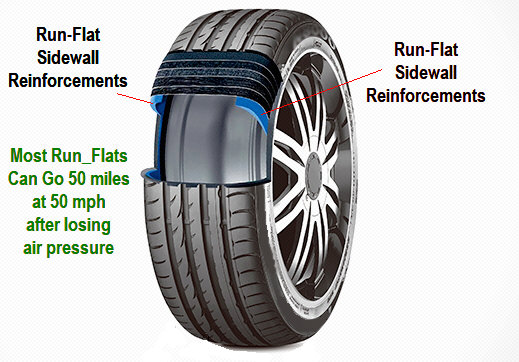 Bridgestone run-flat tires will allow continued operation even after a loss of some or all inflation pressure for up to 50 miles (80 km) at a maximum speed up to 50 mph (80 km/h.)
Bridgestone run-flat tires will allow continued operation even after a loss of some or all inflation pressure for up to 50 miles (80 km) at a maximum speed up to 50 mph (80 km/h.)
There are two primary types of run flat tire systems: the self-supporting system and the support ring system.
In most self-supporting run flat tire systems, the tire features reinforced sidewall construction that will continue supporting the vehicle in the event of air loss. This construction allows continued operation after the loss of air pressure up to the speed and distance specified by the manufacturer.
Support ring run flat tire systems, on the other hand, employ a ring of hard rubber or another structure that can support the vehicle’s weight in an air loss condition.
Since they continue performing even though they’re “flat,” all run flat tires, regardless of the specific system type, may only be used on a vehicle equipped with a Tire Pressure Monitoring System (TPMS). The TPMS alerts you as soon as one of your tires loses pressure. Without it, you might not know you were driving on an underinflated tire.
The TPMS alerts you as soon as one of your tires loses pressure. Without it, you might not know you were driving on an underinflated tire.
You don’t have to change your tire in dangerous or uncomfortable conditions. This is perhaps the biggest benefit of run flat tires and is the one of the reasons why they were designed. With conventional tires, you have to replace a flat on the spot or have your car towed.
In a puncture situation, run flats are more stable than conventional tires. Since they’re made to support your vehicle even when they contain no air, run flat tires will help you maintain better control in a complete air loss situation than conventional tires.
As consumers continue rating safety high on the list of features they look for in a vehicle, the popularity of run flat tires is expected to grow. Since run flat tires work reliably with interconnected technologies like TPMS, it may only be a matter of time before they become the norm rather than the exception in new vehicles.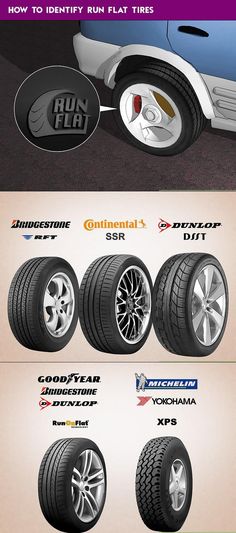
There’s never a good time for a flat. That’s why Bridgestone DriveGuard tires are masterfully engineered to keep you moving for up to 50 miles at speeds up to 50 MPH without disruption.
See Details Find Your Fit
There’s never a good time for a flat. That’s why Bridgestone DriveGuard tires are masterfully engineered to keep you moving for up to 50 miles at speeds up to 50 MPH without disruption.
How dangerous is this, and in general, is it worth worrying about this seriously?
Maxim Stroker
There are several reasons why a tire may be flat. The first is related to the leakage of the nipple. Because of it, the air slowly leaves the tire, the pressure drops, the tire imperceptibly deflates. This process, as a rule, is not fast, and the car owner does not immediately notice changes in the shape of automobile rubber. But at some point, he draws attention to the clear differences between the two wheels of his car - normal and deflating.
This process, as a rule, is not fast, and the car owner does not immediately notice changes in the shape of automobile rubber. But at some point, he draws attention to the clear differences between the two wheels of his car - normal and deflating.
The second case of a flat tire is a puncture. Moreover, one in which a small nail, screw or similar piece of iron is stuck into the rubber, pierces it through, but remains in it. At the same time, the air, again, will ooze slowly and the driver at first will not understand at all what's what.
Another option is a slight damage to the disc in the form of a dent or concavity where the tire bead rests on it. Similar “injuries” are formed on the go, when the car gets into a hole at a decent speed, or when the wheel hits hard, for example, on a curb. In the resulting gap between the rubber and the disk, air begins to “poison”.
In any case, the result is the same: for some time the car drives on a half-flat tire. What is happening? Under the weight of the car and without pressure support inside the tire, to one degree or another, it is crushed.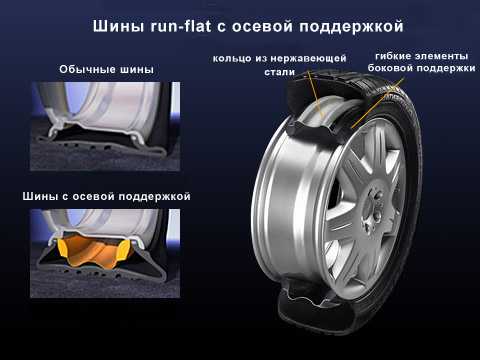 The load and wear begins to be perceived not by the tire tread, but by its sidewalls.
The load and wear begins to be perceived not by the tire tread, but by its sidewalls.
The trouble here is not only that those surfaces that are initially completely unsuitable for such treatment begin to rub against the asphalt. With such operation, among other things, the metal cord in the thickness of the rubber does not work at all correctly.
A half-flat tire has much more rolling resistance than a full and inflated tire. As a result, in addition to an increase in fuel consumption, the car “drags” to the side on the go, and its reactions to control become more “smeared”. At high speed, due to the fault of a half-flat tire, you can lose control of the car literally out of the blue. And even more so in a critical situation.
So, in a good way, you can’t drive on a half-flat tire at all. Ideally, it needs to be urgently pumped up and moved in the direction of the nearest tire shop. But it happens that there is no pump in the car.
In this case, the degree of air loss from the tire should be critically assessed.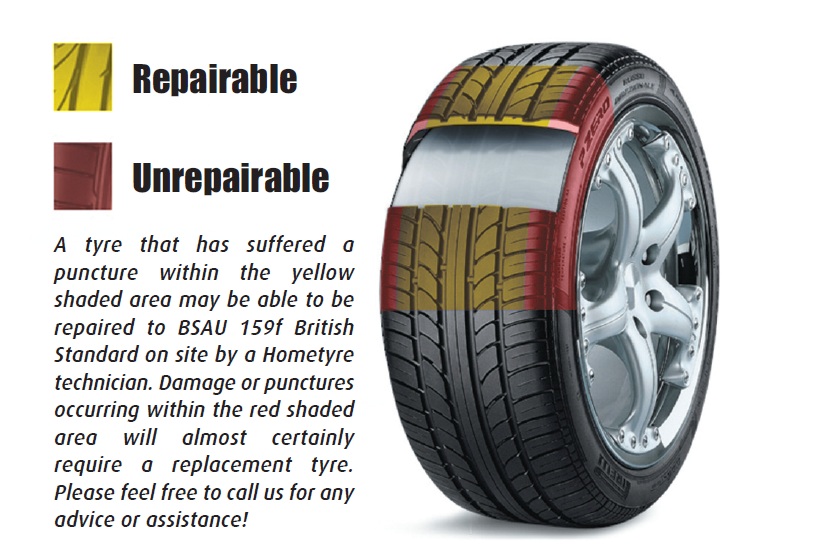 If it is clear that the disk does not yet touch its inner side, it is quite possible to drive on it from a dozen kilometers to the place of repair - at a minimum speed, avoiding sharp turns and regular stops to visually monitor the condition.
If it is clear that the disk does not yet touch its inner side, it is quite possible to drive on it from a dozen kilometers to the place of repair - at a minimum speed, avoiding sharp turns and regular stops to visually monitor the condition.
Driving in this mode gives a good chance that the rubber will not “sting” and it will fit for further use after the tightness is restored. If there is no desire to take such risks, you will have to get a spare wheel.
We get acquainted with the updated large Korean sedan
23305
We get acquainted with the renewed large Korean sedan 9000 9000 9000
9999999999999,0009,0009,0009,0009,0009,0009,0009,000 :wheels, summer tires, repair, tires, winter tires
Embraceyourfeelings. Weebly.com
Weebly.com
Repair of a wheel punched on the road can be a serious problem, and there are no “reserve” in the car, and many kilometers 9000 9000
9000 9000 in the road occurred to the nearest tire point. anything, including punctures, cuts and other damage to tires. Most automakers are trying to complete their cars for the Russian market, if not with a full-fledged spare wheel, then at least with a "roll-out". However, some car models instead receive only a can of “anti-puncture chemistry”, which, after pumping into the wheel, in theory, should close up a hole in the rubber by itself. However, it happens that either the "stowaway" with the "reserve" was out of order even earlier, or the hole in the wheel is such that no magic "chemistry" can cope - for example, in the case of a side cut. And what to do in such a situation? Somehow you need to get to the tire fitting! The question immediately arises: is it possible to somehow get to this roadside establishment on a flat tire? In some cases, yes, this is acceptable. For example, when the rubber received relatively little damage, that is, a hole through which air escapes not immediately, but after some time. In this case, it is important to remember that you can ride on the wheel without fear of damaging the rubber exactly as long as there is at least a thin layer of air between its part adjacent to the ground and the disk. This means that if we inflate the wheel to the maximum and drive quickly, then we will have every chance to get to the tire fitting point under our own power - "short dashes", with periodic stops for new pumping of the deflating wheel.
For example, when the rubber received relatively little damage, that is, a hole through which air escapes not immediately, but after some time. In this case, it is important to remember that you can ride on the wheel without fear of damaging the rubber exactly as long as there is at least a thin layer of air between its part adjacent to the ground and the disk. This means that if we inflate the wheel to the maximum and drive quickly, then we will have every chance to get to the tire fitting point under our own power - "short dashes", with periodic stops for new pumping of the deflating wheel.
Of course, you don’t need to drive fast, avoid holes and bumps, and also don’t make sudden maneuvers - firstly, so as not to lose control of the car and not disassemble the flat tire. But if there is no air gap between the rubber and the disk, you cannot ride on a flat tire. In this case, the metal of the disk will roll directly over the rubber, "chewing" and cutting its surface from the inside, damaging the cord and so on.